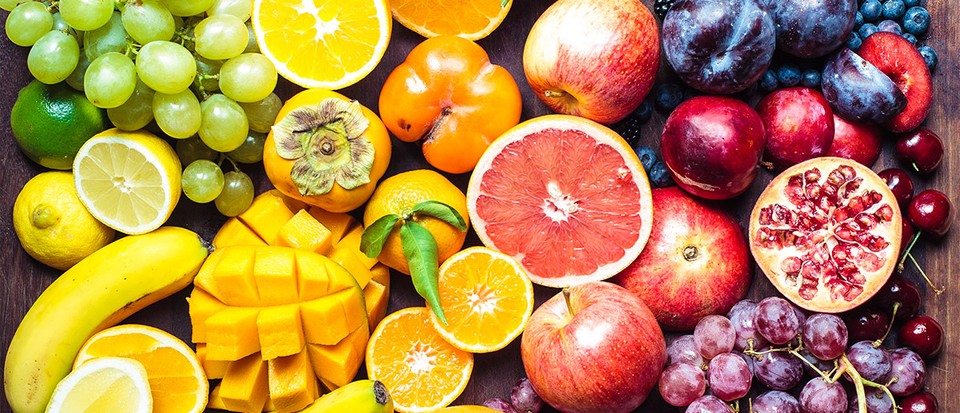Vegetables with a high starch content: Benefits and Moderation
Starchy vegetables—potatoes, peas, and butternut squash, to name a few—provide important dietary costs and are extraordinary assets of diet C, B nutrients, and potassium. But additionally, they have a better share of carbohydrates in keeping with unit weight than different greens, which could raise blood sugar.
Given both their professionals and cons, moderation of starchy vegetables—instead of elimination—is fundamental. This is a specific challenge when you have diabetes, as you want to screen your blood glucose cautiously. Research has also shown that lowering your carb intake can lessen the chance of obesity, no matter whether or now not you have diabetes.
In this text, you’ll examine which vegetables are starchy and non-starchy, the way to screen your intake, Vidalista Black 80mg and Aurogra 100mg a way to put together starchy options in more healthy methods.
Which Vegetables Are Starchy?
There is no uncomplicated definition of what the “starchy” way is in terms of greens. Some authorities propose that greens that include greater than 10% carbs with the aid of weight are starchy. Others outline it as having 15 grams or more of carbohydrates according to one cup of uncooked food or a half cup of cooked meals.
In the end, many regard meals as starchy if they have a powdery texture whilst cooked or produce a starch-like residue while soaked. Examples encompass corn and cornstarch, potatoes and potato starch, and peas and pea starch. The less starchy a vegetable is, the less likely it’s going to have those traits.
Given those widespread parameters, right here are some examples of starchy and non-starchy veggies.
How Do Starchy Vegetables Affect Blood Sugar?
There is a fairly straightforward affiliation between the number of carbs you consume and their impact on your blood sugar. This is due to the fact on every occasion you consume food, your body deploys digestive enzymes to break down carbs into the frame’s important supply of electricity, called glucose. The extra carbs you eat, the greater glucose is released into the blood.
The effect that one-of-a-kind ingredients have on blood glucose is classed by using their glycemic index (GI). The better the GI value—starting from 0 to 100—the better and faster blood glucose degrees will upward push.
Low-GI meals have a GI price between 1 and 55.
Moderate GI ingredients have a GI price between 56 and sixty-nine.
High-GI ingredients have a GI cost of 70 or greater.
What Amount of Starchy Vegetables Should You Eat?
If you’ve got diabetes or are on a low-carb weight loss plan, watching your consumption of starchy meals is critical. By doing so, you can achieve the dietary blessings of ingredients like squash, peas, candy potatoes, and corn without causing undue spikes in blood sugar.
While you may preserve the music of your carbs by downloading apps that be counted the carbs for you, an easier answer can be the so-known as “plate technique.”
How Does Cooking Affect Starchy Vegetables?
The way you prepare dinner starchy greens can make a big distinction in how healthful they are and how much they affect your blood sugar.
Take the potato, for example. From a nutritional viewpoint, consuming boiling potatoes is more healthy than ingesting French fries, the latter of that’s high in energy and saturated fats. But there may be additional evidence that GI values can be changed via how a potato is cooked.
According to a 2020 study in LWT Food Science and Technology, 46% of starches are released whilst potatoes are boiled, whilst 64% are launched while they’re microwaved. By evaluation, the most effective 2% are launched whilst a potato is fried or deep-fried.
The same seems to apply to different starchy greens as well.
So as opposed to frying or deep-frying greens, select more healthy arrangements which include baking, steaming, boiling, and microwaving. You also can broil and grill greens, but restrict the amount of oil you use and try to use wholesome ones like more virgin olive oil.
Summary
Starchy greens have greater carbohydrates by using Vidalista 60 and lift your blood sugar more than non-starchy vegetables. This makes them an ability issue for people with diabetes or those on a low-carb healthy eating plan.
You have to nevertheless consume starchy veggies for their nutritional price; however, try to restrict your component to at least 1/4 of your meal plate. Baking, boiling, steaming, or microwaving starchy vegetables may also reduce their starch content material, while frying or deep frying them commonly will not.
Starchy vegetables aren’t something you should be fearful of. They aren’t “unhealthy,” even though they will affect your blood sugar or undermine your healthy eating plan if you consume too much. But you can say the identical about plenty of other ingredients, including results and dairy.
Moreover, not like maximum processed and refined foods, starchy greens have big nutritional fees.
So don’t exit of your manner to reduce our starchy veggies. Instead, speak together with your healthcare provider or a licensed dietitian about methods to contain the proper amount in your food regimen if you have diabetes or are embarking on a diet plan.
Are starchy veggies horrific for you?
Not. While starchy greens have greater carbs, they also have the nutrients, minerals, and fiber your body needs. However, it’s a great concept to consume them in moderation, especially when you have diabetes.
What are examples of starchy fruits?
Bananas, plantains, and dates are considered starchy. Most different results have very little starch.
Read More Blog: How the DASH Diet can help you manage kidney disease?



